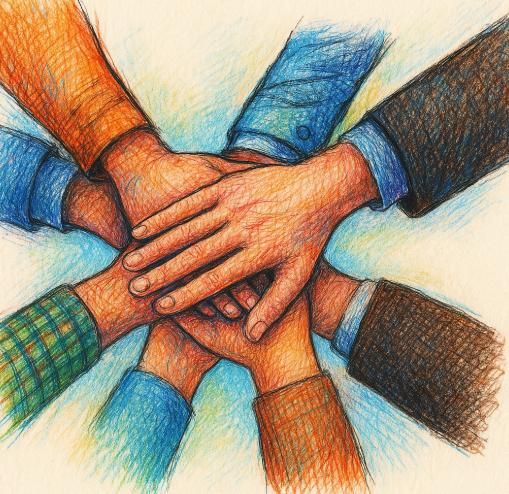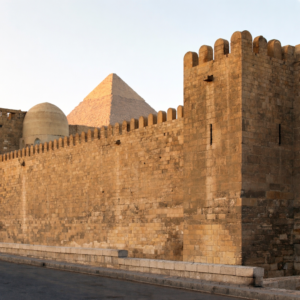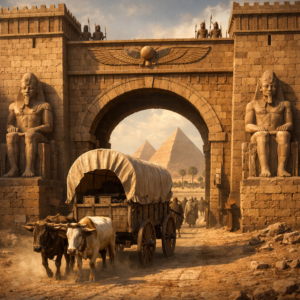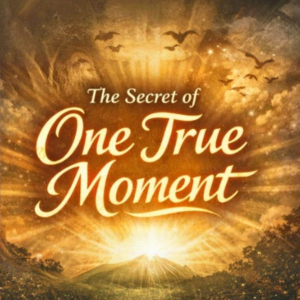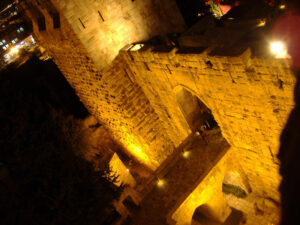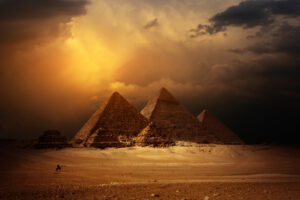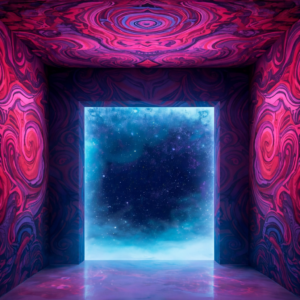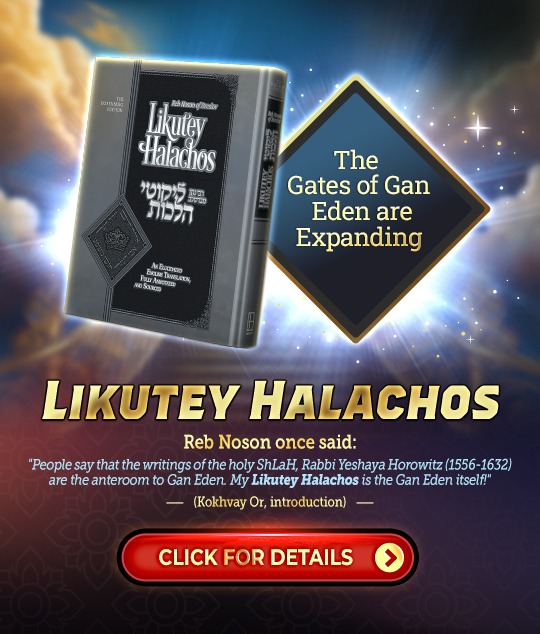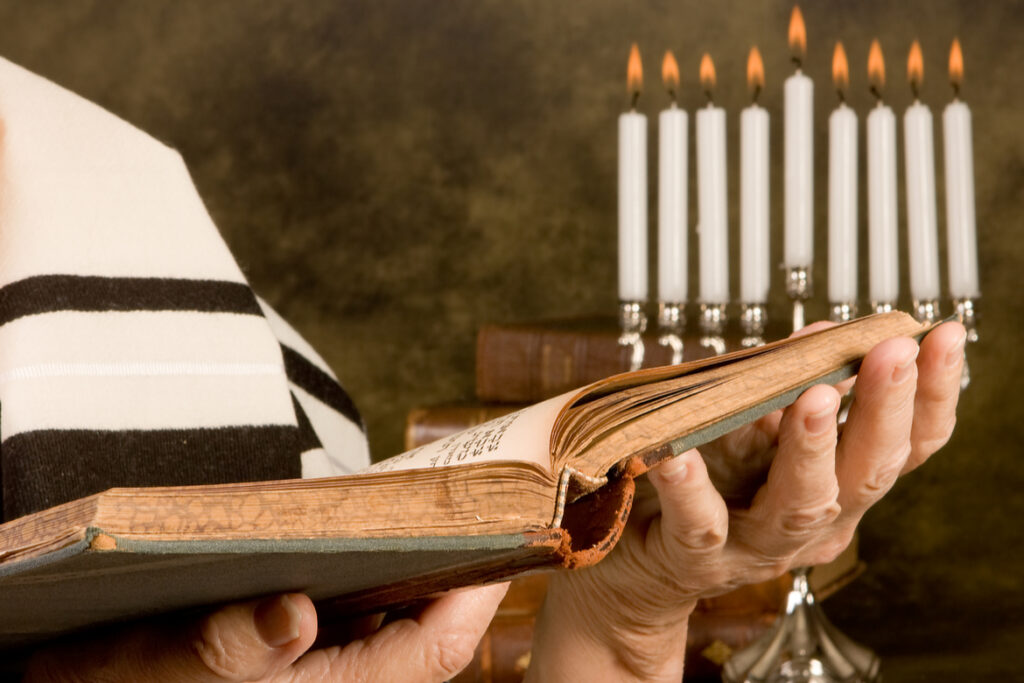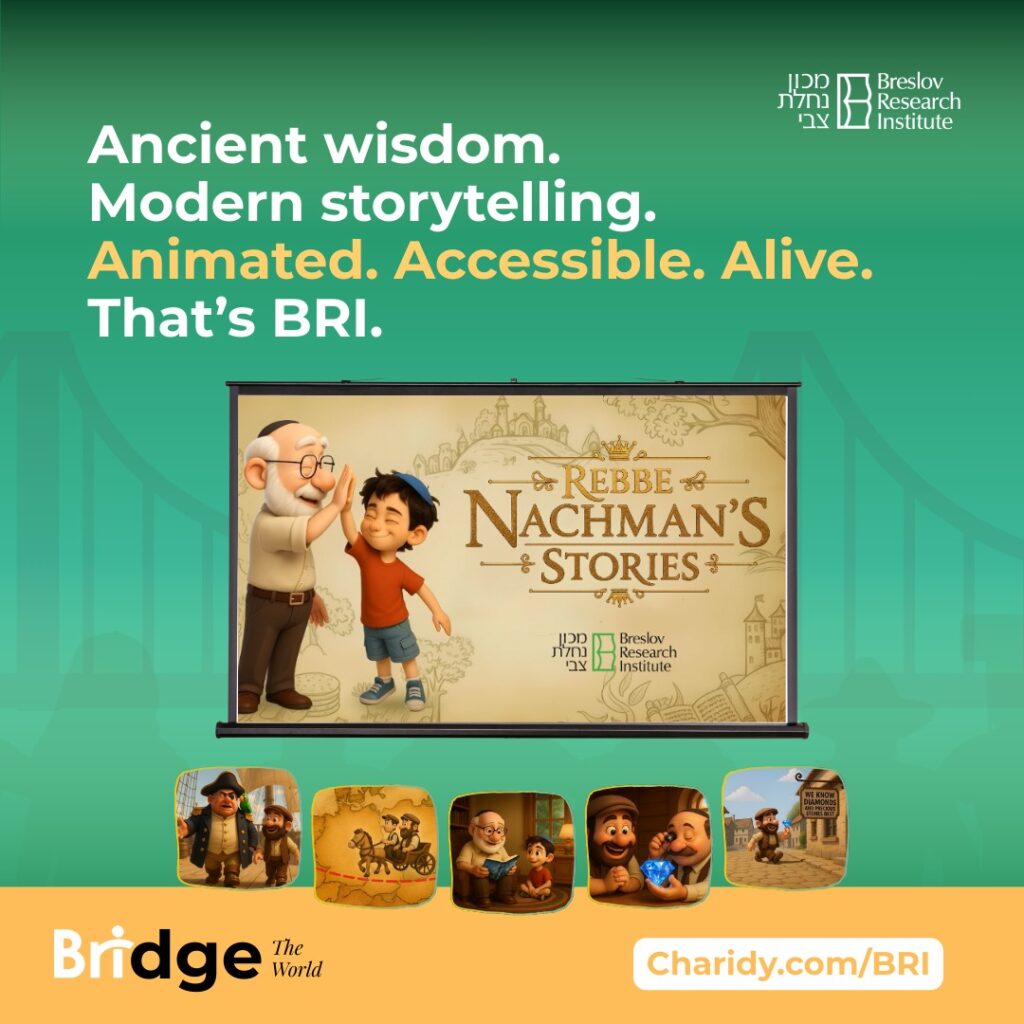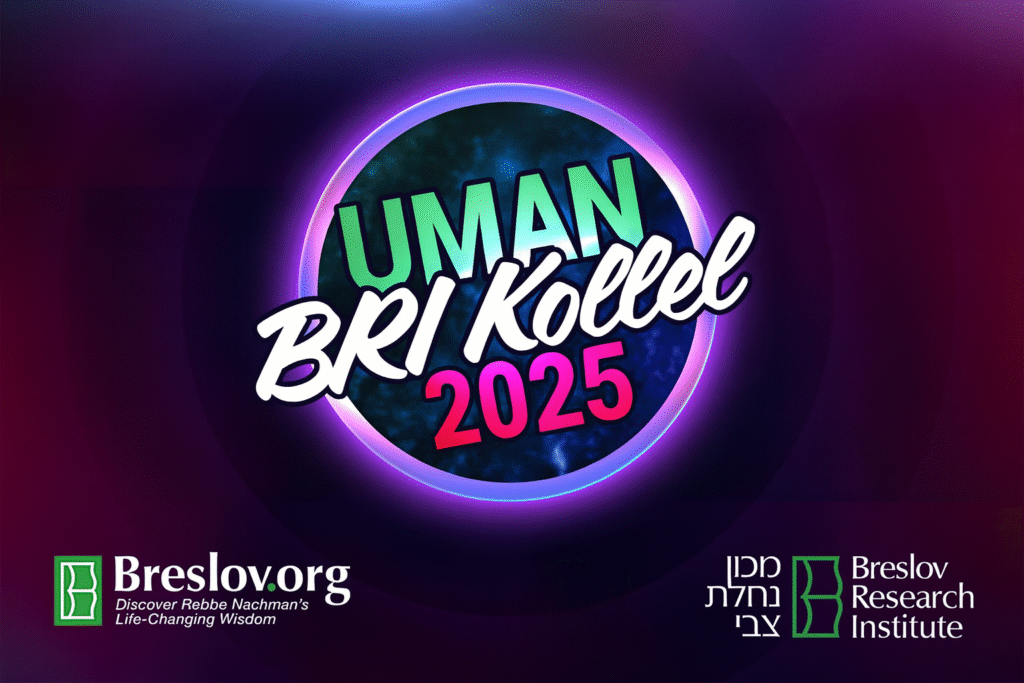Ingredients For Redemption
ADAPTED FROM HIS AUDIO SHIURIM ON MELACHIM ALEPH 11-12 AND SICHOS HARAN 175
The Mitzvah that Holds the Key
Parshas Kedoshim teaches: “ָוְאָהַבְתָּ לְרֵעֲךָ כָּמוֹך – Love your fellow as yourself”, and then seals it with, “אֲנִי ה – I am Hashem.” This is not merely an ethical statement; it is the foundation of all relationships, the measure of our holiness, and—most significantly—the condition for Geulah (redemption).
The Tragedy of Division
Our history painfully illustrates the consequences of failing this mitzvah. The division of the Kingdom of Israel into ten and two tribes was a turning point—a fracture that began a downward spiral. That disunity was more than political; it was spiritual. It led, ultimately, to the destruction of both Batei Mikdash and our ongoing exile.
Why Has Moshiach Not Come Yet?
So many have cried, prayed, and died al kiddush Hashem. Millions of Jews—tzaddikim and martyrs—have offered their lives with unwavering emunah. Why then, after so much sacrifice, have we not yet seen the coming of Moshiach? The answer is heartbreakingly simple: Because the same force that destroyed the Beis HaMikdash—baseless hatred and disunity—still dances among us. “Adayin meraked beineinu“—it still swirls in our midst.
Achdus: Hashem’s Simple Request
The Gemara teaches that Hashem doesn’t ask of us the impossible. He does not demand that the entire Jewish people become unified overnight. He asks only this: Let one community reach true achdus—true unity and love—and He will do the rest. He will send Moshiach and bring us all together. Let it be one shul. One city. Even one circle of friends. Let there be no machlokes, no gossip, no judgment. Let there be love, patience, and goodwill.
Eretz Yisroel
The land is perfect, its dust more precious than all the riches of the world. Its people, in all their diversity, are holy. We are not permitted to speak against them—religious or not. All are part of Am Yisrael. But what we are missing is not ideology. It is warmth. Compassion. A willingness to live in harmony.
Be the Community That Brings Moshiach
We may feel small. But the Gemara assures us that even one group can trigger the Geulah. Start with yourself. With your family. Your friends. Your shul. Your community. Let us be that group. Let us fulfill Ve’ahavta l’rei’acha kamocha with all our heart. And may Hashem see that we have taken the first step, and respond with the final step—the coming of Moshiach, the rebuilding of the Beis HaMikdash, and the return of all Jews to a united and holy Eretz Yisrael, Amen.
The Secret of Azazel
Rebbe Nachman revealed a glimpse into the immense spiritual responsibility of a tzaddik who performs a pidyon nefesh—a redemption of the soul. A pidyon is a spiritual redemption—similar to kaparos where one offers money or a symbolic object before Yom Kippur—to save someone from harsh judgment or illness. This act, however, is not merely symbolic. The tzaddik must lift this pidyon and carry it into the celestial realms, appealing before the heavenly court to save a person’s life. How can any tzaddik know where to go? For in heaven, there are not one or two courts—but twenty-four heavenly courts, Chaf-Daled Batei Dinim. Each one operates independently, and the fate of a soul may lie in only one of them. A mistake in targeting the right court could mean the plea is unheard. Rebbe Nachman stated that only one person per generation is granted knowledge of all 24 courts.
The Secret of the Sa’ir L’Azazel
Here the teaching takes a deeper turn. Rebbe Nachman ties this to the most cryptic Yom Kippur ritual: the Sa’ir L’Azazel. On the holiest day of the year, two goats are chosen—one for Hashem, and one for Azazel. The latter is sent to the wilderness and thrown off a cliff. But why? After all, on Yom Kippur, the Satan—the prosecuting angel—has no power. So why must we still appease him? The answer is that the Satan, even weakened, is still given one last right—to speak against the Jewish people. Unless he is pacified. The goat sent to Azazel is not merely a ritual; it is a silencing bribe to the Satan. “Here,” we say, “take this offering, and do not speak against us today.” Only then can the korban to Hashem ascend in peace.
The Tzaddik Emes: A Bridge Between Worlds
What kind of person can enter the courts of heaven? Who can pacify celestial prosecutors and plead before the Divine King? Rebbe Nachman taught that this is the role of the Tzaddik Emes—the true tzaddik. He is not just a holy individual; he is a spiritual channel between heaven and earth. This is not a new idea, but one rooted in the Torah itself. The verse says: “וַיַאֲמִינוּ בַה’ וּבְמֹשֶׁה עַבְדּוֹ – And they believed in Hashem and in Moshe His servant.” (Shemot 14:31) Rashi, the Zohar, and countless Chassidic and Kabbalistic sources explain: Just as we believe in Hashem, we must believe in His faithful servant, Moshe Rabbeinu—the paradigm of the Tzaddik Emes. For Moshe was the one who ascended to heaven, spoke with Hashem face to face, and returned with the Torah. In every generation, this role continues through the tzaddik who inherits Moshe’s spiritual function: to intercede, to uplift, and to bring down divine mercy into the world.
The Pidyon, the Tzaddik, and Our Redemption
The story of the Azazel, the 24 courts, and the tzaddik’s secret role in navigating them is not just spiritual allegory—it is a roadmap of how divine compassion is accessed through a human vessel. A Tzaddik Emes, like Moshe Rabbeinu, knows the language of heaven and can advocate for us in places we cannot reach.
- 0 comment

